The Mother City has some of the world’s most beautiful beaches and coastlines as well as the most Blue Flag beaches in the country, and as the years have gone by our pristine shores have stayed as lovely as ever.
If you don’t believe us, why not judge for yourself:
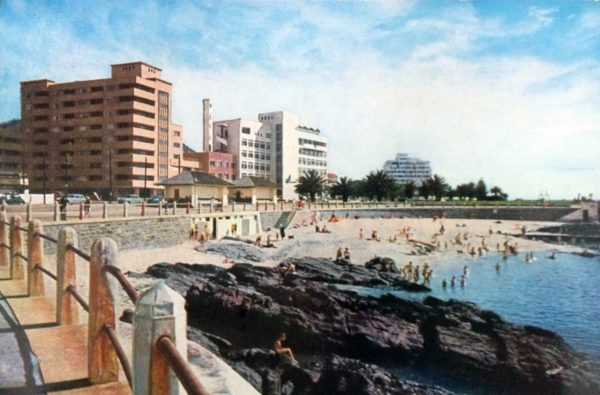
Rocklands Beach, Sea Point years ago. This beach may be a little less frequented by swimmers in more recent years, but its charm and beauty remain the same.
Nowadays there are a few more buildings on the horizon and more joggers on the promenade.
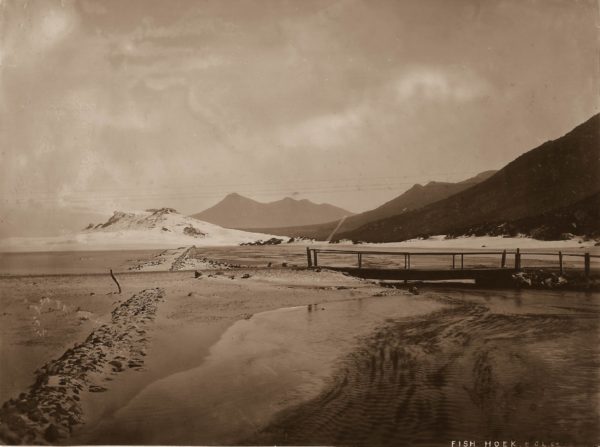
Fish Hoek, Clovelly back in the days of black and white photography. Many don’t know it but in years long past Fish Hoek was a completely separate municipality to that of The City of Cape Town.
The area is now united with the Mother City and considered a coastal suburb of Cape Town.
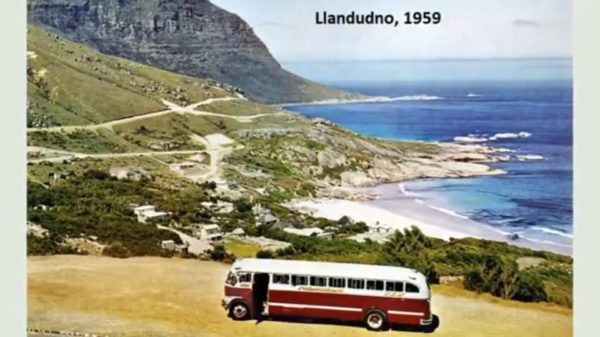
A picturesque perspective over Llandudno in 1959. This unique beach has an equally unique name which originates from the Welsh word for the Parish of St Tudno – “llan”, meaning parish.
This coastal little slice of heaven is named after Llandudno in Wales.
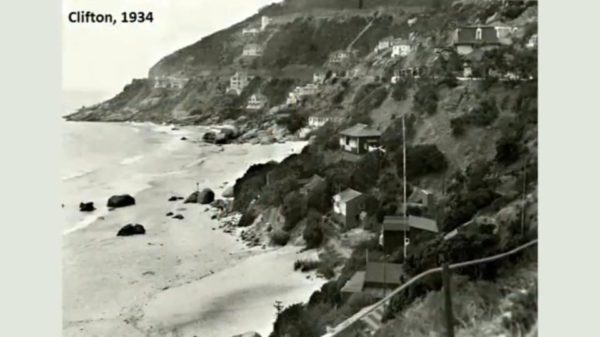
Far less built-up than these days, this is how Clifton beach looked in 1934. The first ever settlement in Bantry Bay and the Clifton area came into existence in 1783 when a botanical garden was established on the lower slopes of Lion’s Head. In these times Clifton was known as Schoenmakers Gat, or Cobblers Cave.
This name came from a folk tale of an old shoemaker who apparently lived in the Clifton caves and used to fix the shoes of passing farmers.
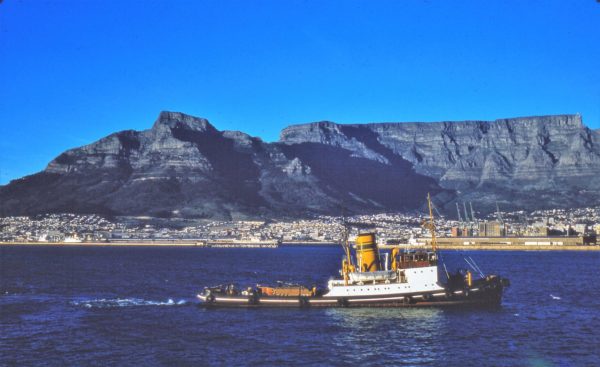
Cape Town Harbour in 1959, featuring our majestic mountain.
The first ever harbour construction was built at the Cape Town Harbour in 1654 by Jan van Riebeeck. During these times ships often experienced massive losses from being tossed about in the harsh, stormy waters in the wintertime. Because of this, the harbour had to be closed during the winter season.

Table Bay on a beautiful spring day in 1960.
This peaceful section of the coastline has been famous for centuries, known as a safe haven for travelling ships. In reality however, on a bad day it was a rather poor natural harbour that was very exposed to both the South-Easter (the notorious Cape Town wind commonly known as the Cape Doctor) and the North-Wester.
Many a ship was forced ashore in early years due to the strong winds.
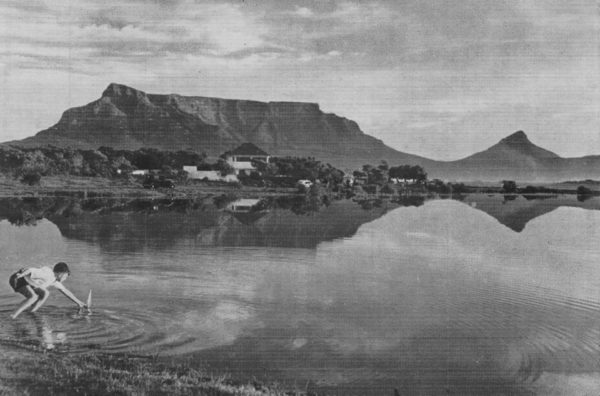
Zandvlei, Milnerton Lagoon, practically untouched, in 1954.
The suburb of Milnerton was established in 1902 on the site of the old farm by the name of Janbiesjeskraal. The area was named in honour of Sir Alfred Milner, Cape Governor from 1897 to 1901.
Milnerton is the oldest suburb in the northern part of Table Bay.
Pictures: Facebook/Cape Town Down Memory Lane

